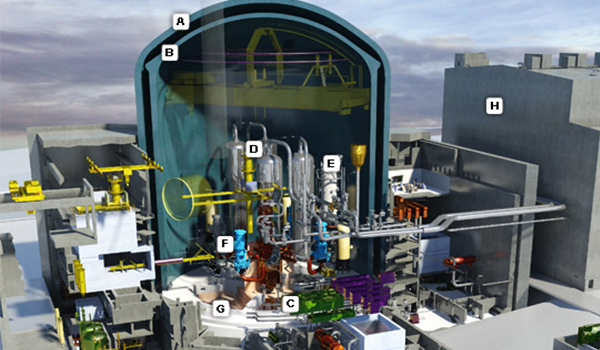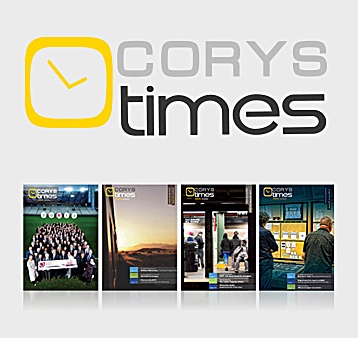Whether it’s airplanes, trains, factories or nuclear power plants, industries that rely on simulation are always seeking to come closer to the ideal goal of a digital twin. In other words, to create a virtual copy of an installation that can develop and guide a project from start to finish. However, in the case of nuclear power plants, creating a true digital twin presents important challenges.
Understanding the digital twin
While there is no agreed upon definition for a digital twin, most parties would agree there are three primary components: first, is the creation of a 3D virtual model; second, is the creation of simulators that will feed into the virtual model; and third, is the implementation of product lifecycle management (PLM) to centralize and organize data.
The goal of a digital twin is for these three components to facilitate and validate all phases of a project. Whether its for design, maintenance or to implement modifications, a digital twin could for example use data from the PLM to run simulator tests and validate the impact on the virtual model. Or vice versa, the virtual model can provide simulators and the PLM with new data (e.g., to anticipate maintenance).
Three challenges to a digital twin
For nuclear power plants, one of the primary challenges to creating a digital twin is complexity. A nuclear site can be spread over several acres and include a huge number of reference parts and subcontractors. Yet, for a true digital twin to exist, a virtual model must be very precise and include even the smallest of components. To come close to a digital twin, nuclear power plant operators must be able to unite data from suppliers, clients, simulators and on-site information.
If one manages to bring together all the necessary stakeholders to catalog and use every reference part, there are still two important challenges. As a nuclear power plant has an expected life cycle of 60 to 70 years, operators have to ensure the long term reliability and viability of a digital twin. Finally, interoperability is another major issue. A digital twin unites multiple simulation tools often created by various subcontractors. A successful digital twin would imply that all of these tools could be standardized to ensure interoperability.
The importance of communication and collaboration
Charles Rosmorduc, the Vice-President of the CORYS Power Simulation Business Unit explains
“We’re all working to come as close to a digital twin as possible. But what’s important to remember is that we’re not facing a technical challenge. Whether it’s in terms of simulation or other tools, we have the required technical capacities. It’s really a matter of collaboration and project organisation. How can we bring as many concerned stakeholders to the table in order to communicate and exchange on the best way to overcome these issues.”
Power plants are relying more and more on simulation for everything from design to commissioning, operation and maintenance. The efficiency of future virtual plants will be determined by the collaborative spirit of operators, designers and suppliers.




